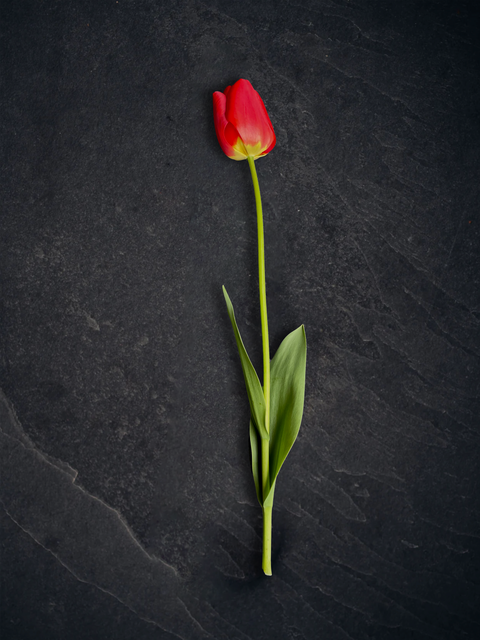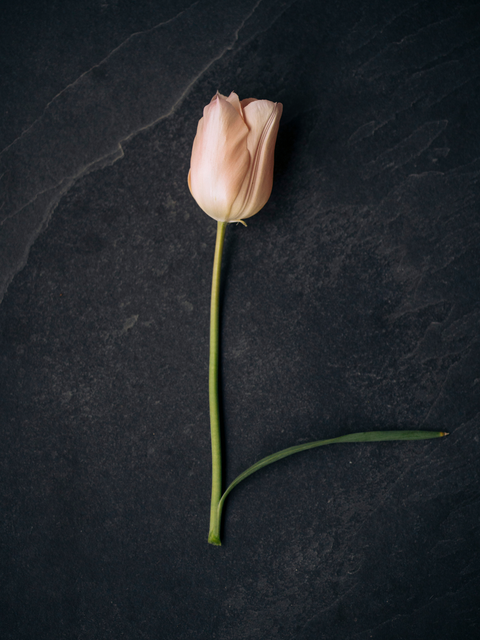
Bulb basics.
We love nothing better than the fresh green shoots of tulips coming up through the ground, as this means we’re nearing the end of Winter . Bulbs are a great foundation for any garden as they can give you great flowers all year round.
We’ve picked out our favourites and the best-performing bulbs that we’ve tried out here , choosing a supplier who's bulbs we've been growing for years. We’ve also tried to include as many types of bulbs that are likely to give you a good few years, rather than just one. The hardest bit is choosing the colours and what to put with what , because you've got so much to choose from with tulips.
Other great bulbs to add in to your garden are aliums, these come in after the tulips and will flower for May / June . They're also a great structural plant giving you height and a fantastic seedhead once the flowers have gone. Then it's time for the Dahlia's to come in and soak up all the Summer sunshine. They're originally from Mexico so they love dry soil. Gladioli are also a great addition to any garden with some spectacular colours available.
Tulips
The general advice for tulip bulbs is to plant them in well-drained soil, let them flower, let them die back and then lift the bulbs in Summer. You would then store the bulbs in a dry, dark place until Autumn when you plant again. We have left ours in the ground every year and have had great flowers for the first few years, and then by year 3/4 the flowers can get smaller. We’ve also left them in pots and have had good second and third years.
3 things to think about before planting tulip bulbs.
1. Location, location, location
Tulip bulbs need to be in soil that is well drained, if they’re in waterlogged soil then they’re likely to rot. So if they’re in a pot the water needs to be able to escape from the bottom of the pot. Most pots for the outdoors will have holes in the bottom, and feet are available for the pots to sit on so that they’re off the ground and the water can get out. In a garden, you need to avoid overly damp soil or poorly drained areas of the garden. They also do need a bit of sun, so don’t put them in complete shade.
2. The perfect number of bulbs?
Getting the right number of bulbs for your space is important, as too many will mean that none do particularly well.
We recommend that you use 60 bulbs per square metre. If you’re planting into pots then these are the rough quantities you’ll need
Circular pots
| Diameter | No of bulbs |
| 30cm | 6 |
| 40cm | 10 |
| 50cm | 15 |
| 60cm | 20 |
Square Pots
| Diameter | No of bulbs |
| 30cm | 10 |
| 40cm | 15 |
| 50cm | 20 |
| 60cm | 30 |
3. How to plant up.
What you need:
In the ground
We would advise planting in groups, no less than 3 at a time. This means you’re digging a lot less and also plants in groups of 3’s have more of an impact. The bulbs need to be spaced out, so the hole needs to be at least double the size of the bulbs, to allow for at least a bulb space between each.
Dig the hole until deep you can stand the stick in it and not see the top.
Place the bulbs into the hole facing upwards (see below). Leave a space of around 1 bulb between them (3).
Bulbs have lots of different shapes, but you can usually make out the ‘top’, this is where the flower will shoot out from, so this needs to be pointing up.
Once you’re happy with them then add back the soil that you’ve just dug out and pat down.

Pots
If you’re starting from scratch with an empty pot, then fill it with soil, until about halfway up (1). Using our handy stick(2), hold it vertically on top of the soil. The top of the stick should be around 3-4 cm from the top of the pot. Place the bulbs into the hole facing upwards.
Place the bulbs into the pot, leaving a space of around a bulb width between them (3). Fill the pot up to the dotted line, leaving a space of around 3 to 4 cm at the top of the pot.






